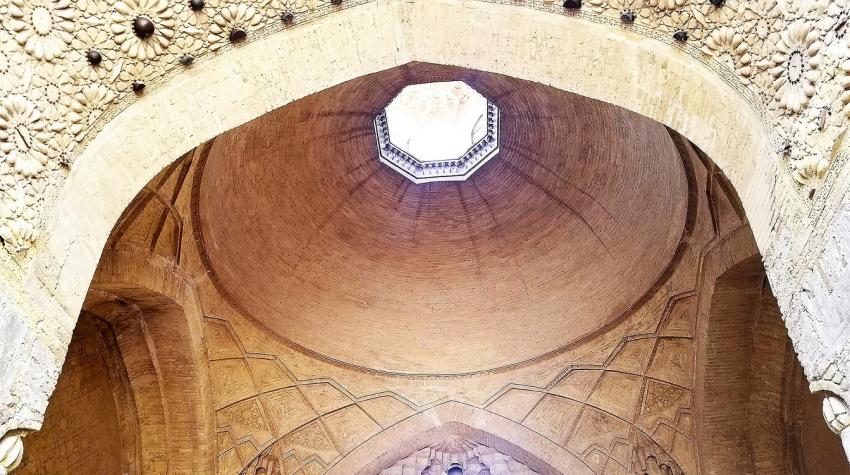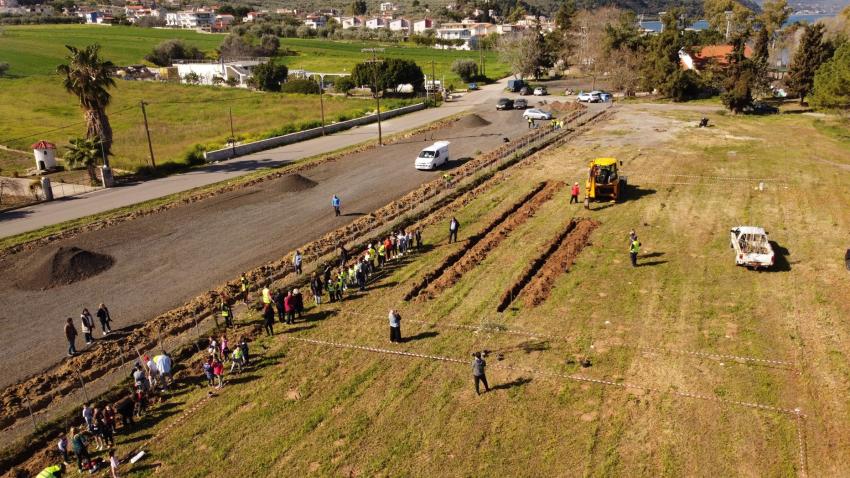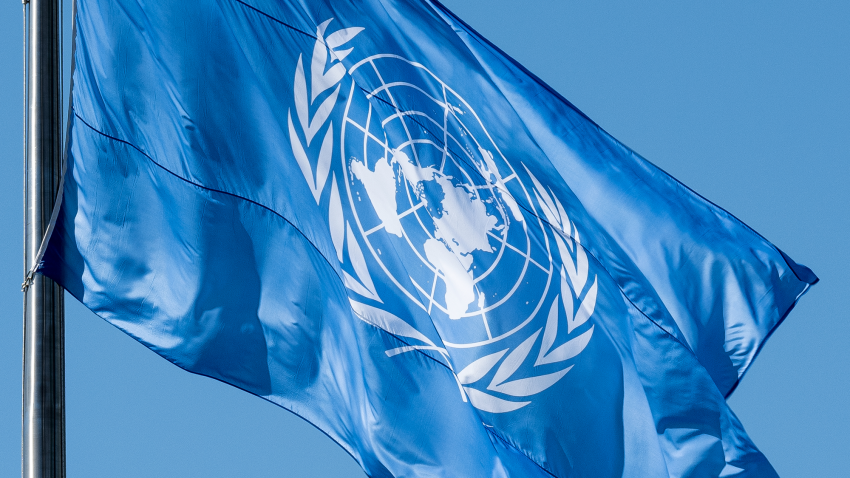Heritage and high-profile historical sites worldwide are considered essential values of human civilization. Safeguarding and preserving heritage, in all its manifestations, is not anymore only about bridging the present with the legacies of the past. It is also about building a sustainable and peaceful future for the next generations. Actually, Sustainable Development Goal 11: Sustainable Cities and Communities includes a call to “strengthen efforts to protect and safeguard the world’s cultural and natural heritage.”
Moreover, historic preservation has proved to be among the most efficient strategies for rebuilding peace and sustainable development, especially in postwar contexts. During warfare, heritage and high-profile historical sites that represent a nation’s character and connect with its common consciousness has either been the target or the collateral damage. At this the point, it is worth mentioning part of the preamble of the Convention for the Protection of Cultural Property in the Event of Armed Conflict with Regulations for the Execution of the Convention.
“Damage to cultural property belonging to any people whatsoever means damage to the cultural heritage of all mankind,” reads such preamble. With this in mind, the case of Iraq stands out. The country, largely considered the cradle of civilization, is home to irreplaceable antiquities and six world heritage sites listed by the United Nations Educational, Scientific and Cultural Organization - UNESCO. But this same country has seen more than four long decades of violence, resulting in the loss of treasures that belong to all humanity.
In contributing to safeguarding Iraqi heritage and improving the historic preservation of Iraqi culture, the University of Technology in Baghdad, a member institution of the United Nations Academic Impact (UNAI) in Iraq, took the initiative and established the first Historic Preservation Technology Unit among Iraqi institutions of higher education. According to Professor Ahmed Al-Ghaban, president of the university, setting this unit is part of their overall commitment to the 2030 Agenda for Sustainable Development.
The newly created unit plays a crucial role in addressing the significant issues related to heritage destruction and deterioration in the country, as strengthening heritage preservation is proved to be fundamental in postwar Iraq. Its work, explained Professor Hayder A. Dhahad, Vice Chancellor for Scientific and Postgraduate Affairs, includes supporting public awareness and capacity-building activities, preparing new generations of young experts and scholars, and enhancing scientific research and specialized training courses in this field.
Dr. Venus S. Akef, founder and Director of the Historic Preservation Technology Unit, commented that the focus is on promoting interdisciplinary approaches to historic preservation. “We have already started to build collaborations with stakeholders from other universities and also international organizations,” she mentioned. The goal is to educate about historic preservation principles, strategies, expertise, and technology. The topic is also being added to the curriculum of the graduate program in the Department of Architectural Engineering.
Another critical project in progress, is the UOT Virtual Museum –a project being conducted in collaboration with different preservation-related academic and professional experts. It will center its actions on digitally documenting the architectural heritage and high-profile historical sites in Iraq using 3D laser scanning and modern technology to aid the process. This will not only contribute to the preservation of these sites per se, but also opens the doors for the whole world to reconnect with ancient history.
These combined tools allow for fully capturing all the details of the historic buildings and heritage, especially those destroyed or severely damaged due to armed conflict and unrest. This modern technology enables, for instance, documentation at a precision level that was previously complicated or almost impossible to accomplish. The scope of the work done by the university includes the roots of the ancient civilizations of Mesopotamia as well as the vital architectural legacy of modern movements in Iraq.
The next planned step is to create collaborations with UNESCO to exchange ideas and best practices on historical preservation and support the efforts towards the conservation of World Heritage properties, particularly those inscribed on the List of World Heritage in Danger, that unfortunately includes three in Iraq: Ashur (Qal'at Sherqat), Hatra, and the Samarra Archaeological City. By saving, preserving, and digitally documenting Iraqi heritage, humanity's identity, culture, and collective memory are being protected.




